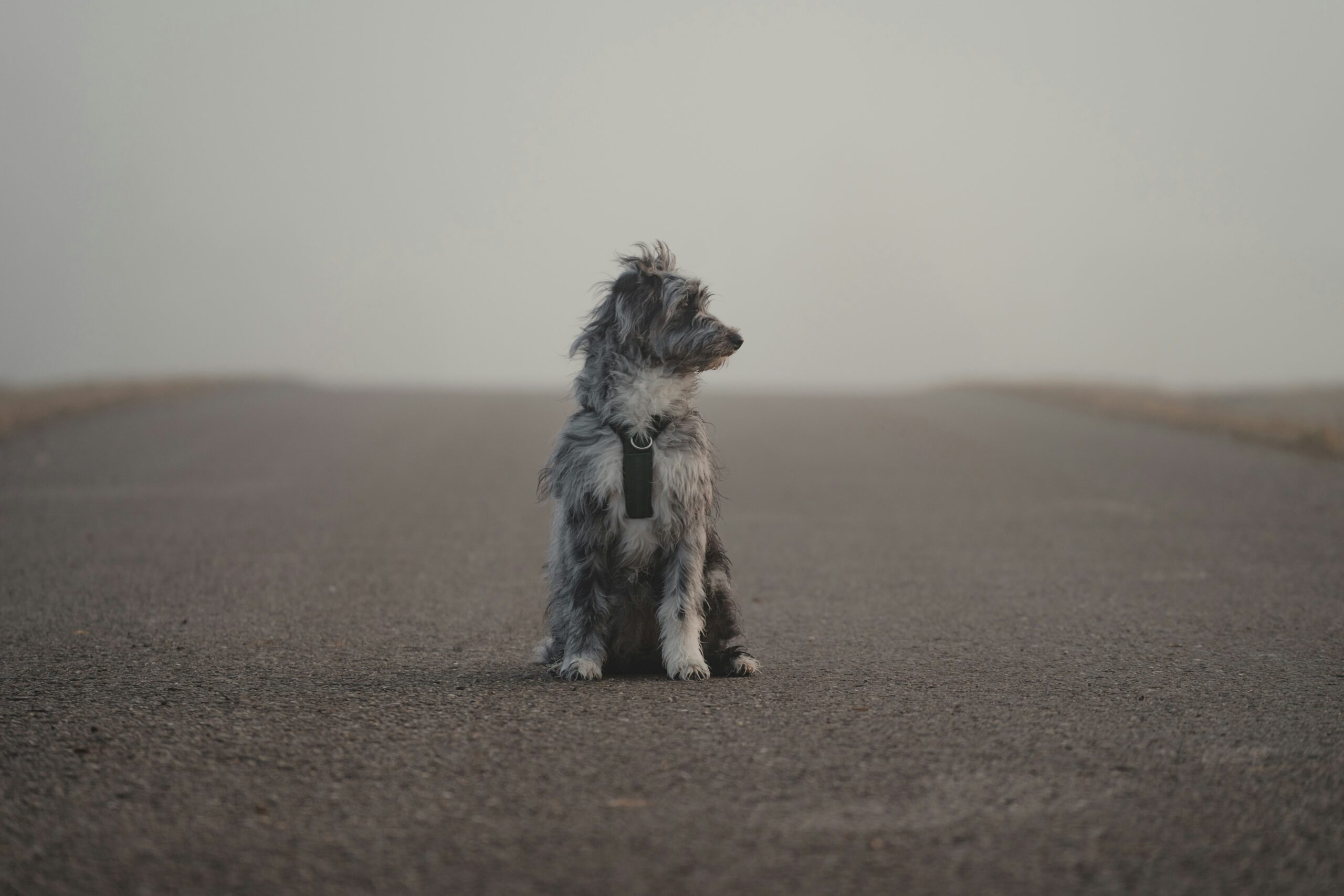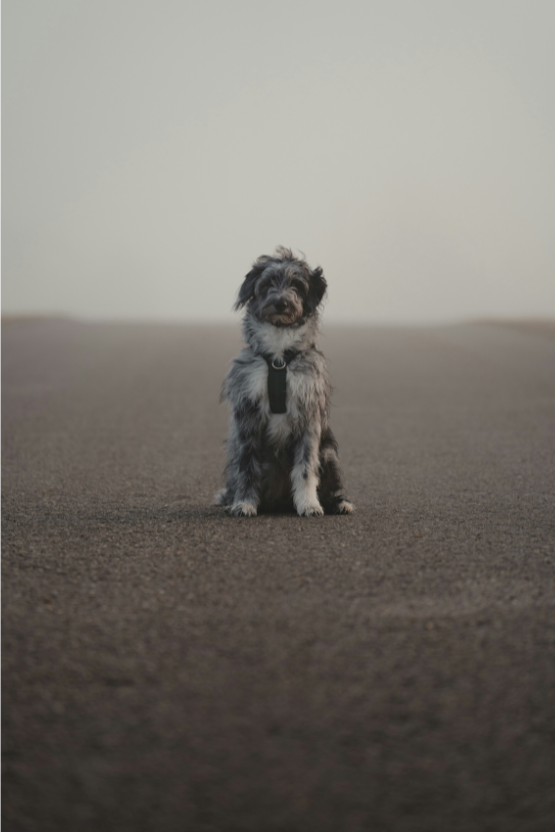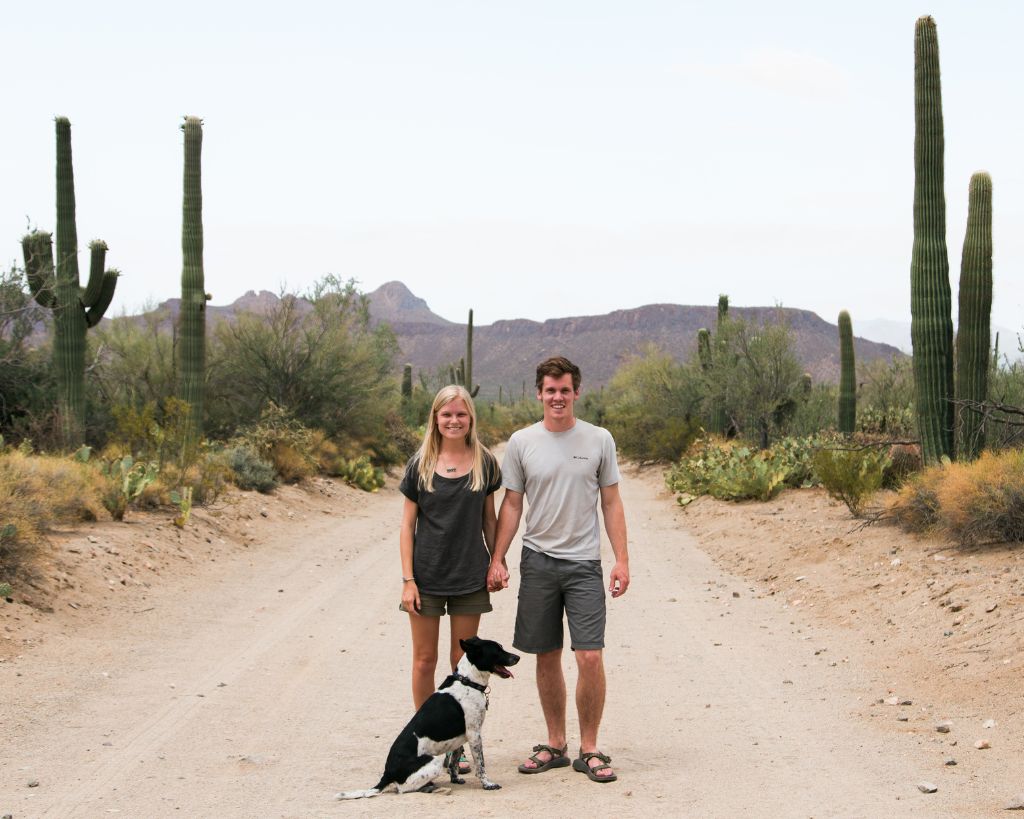
Losing your dog is every pet parent’s nightmare. One moment, they’re safe at home. The next, you’re calling their name with no response, heart racing with fear. But don’t lose hope—dogs are resilient, and with quick action, smart strategy, and persistence, you can dramatically increase the odds of bringing your furry family member home.
Here are 20 expert-approved tips to help you find your lost dog quickly and safely.
1. Search Smart—Not Just Hard
Start where your dog knows best: your neighborhood. Search both on foot and by car, especially during dawn and dusk when dogs are most active. Use a map to mark your home as the center point, then expand your search radius outward methodically.
2. Bring the “Right” Bait
Grab your dog’s leash, favorite toy (bonus points if it squeaks), and some irresistibly smelly food. Walk slowly, call their name in a cheerful voice, and if your pup knows a recall command, use it. Dogs respond best when they hear familiarity in your tone.
3. Use a Canine Wingman
If you have another dog—or know one your pup is buddies with—bring them along. Sometimes the sound or smell of a doggy friend is the best lure.
4. Flash the Photo Everywhere
Always carry a recent, clear photo of your dog. Show it to neighbors, joggers, delivery drivers—anyone who might have seen something.
5. Teach People How to Help Safely
If strangers spot your dog, they may instinctively try to chase him. Big mistake! Tell them instead to:
Turn sideways (less threatening posture)
Squat low, clap softly, and use a gentle, happy tone
Avoid chasing—let the dog come to them
And don’t forget: mention a reward. It motivates people to act fast.
6. Knock on Doors & Mobilize Neighbors
A quick neighborhood canvas can save time. Leave a photo flyer with every household so more eyes are watching.
"Always carry a recent, clear photo of your dog. Show it to neighbors, joggers, delivery drivers—anyone who might have seen something. "
7. Make Your Yard a Billboard
Place a giant sign with your dog’s photo on your lawn. Keep it simple: “LOST DOG” + picture + phone number. Neighbors and passersby will instantly know to call you if they see your pup.
8. Flyers That Actually Work
When designing flyers:
Use a big, clear photo (color if possible)
Keep text short for drive-by readability
Add “REWARD” in bold letters
Include tear-off phone number tabs
Add urgency with “Needs Medication” to discourage “finders-keepers” types
9. Don’t Skip Local Papers & Online Classifieds
Check both Lost and Found ads in newspapers, Craigslist, and neighborhood forums daily. Many Good Samaritans still post there.
10. Enlist the Community’s Eyes
Delivery drivers, postal workers, bus drivers, utility workers, pet sitters—these are people who travel through neighborhoods daily. Hand them flyers; they might spot your dog when you can’t.
11. Hit Every Pet-Related Business
Post flyers at vet offices, shelters, pet supply stores, groomers, kennels, and dog parks. Don’t forget laundromats, supermarkets, and bulletin boards—anywhere there’s foot traffic.
12. Harness the Power of Social Media
Share your dog’s photo and info on Facebook, Twitter, Instagram, Nextdoor, and local lost pet groups. Ask friends to reshare—reach multiplies fast.
13. Alert Rescue Groups
Contact local rescues, including breed-specific groups if your dog is purebred. Sometimes good-hearted finders call rescues instead of shelters.
14. Visit Shelters in Person—Every Day
Don’t just call shelters. Go in, check every kennel, and look at intake logs. Dogs are often mislabeled by breed, size, or even gender. Also, search the medical ward in case your dog was injured.
15. Check Found Reports
Many shelters keep “found pet” books. Sometimes a dog is being held at someone’s home temporarily instead of being surrendered.
16. Think Like Your Dog
Dogs often head toward food, familiar smells, or fun places. Search:
Dog parks
Fields and woods
Dumpsters behind restaurants
Under porches, cars, or bushes
17. Consider Professional Help
Some companies specialize in finding lost pets. They use call banks, mass flyer distribution, and even scent-tracking dogs. This can be a huge time-saver if you’re stretched thin.
18. Use Reverse Psychology If You Spot Them
If you see your dog but they seem skittish, don’t chase! Try turning around and running the opposite way while happily calling them. The chase instinct may kick in—and this time, they’re chasing you.
19. Stay Positive & Persistent
Dogs are found weeks or even months after disappearing. Keep searching, repost flyers, and follow up. Hope and consistency are your strongest tools.
20. Prevention Is the Best Cure
Once your dog is safely home, take these steps to prevent a repeat scare:
Keep a collar with ID tags on at all times
Get your dog microchipped (and keep info updated)
Have a recent photo handy at all times

The Bottom Line
Finding a lost dog is a test of patience, organization, and heart. But countless dogs are reunited with their families every single day—thanks to pet parents who refused to give up.
If your dog is missing, follow these steps, rally your community, and stay strong. With persistence and love, there’s a very good chance your furry friend will be back where they belong—home, safe, and curled up by your side.
Do you have any tips on how to find a lost dog? Share them with us in the comments below.
- TAGS ― Healthy, Healthy Snacks, Home-Influencer, Meal Prep, Recipes

Everything You Need to Know About CBD Skincare
Cannabidiol (CBD) is everywhere these days — from snacks and sweets to bottled water, coffee, and tea.

Behind the Lens With Abbi & Callen Hearne
Wherever photographers Abbi and Callen Hearne travel, so does their loveable black and white mutt Charlie. So far, he has explored large areas of America and Canada, especially the Yosemites, Yellowstone..

Fall Color Trends from the Runways 2021
Including contemporary art installations in the galleries, the inaugural exhibition is a video installation by artist Bill Viola, to close in January.





Great tips! I’ve just discovered your Youtube channel, and I love it! Thanks for sharing your content and the day and life of a designer.
Thanks so much for the tips both in the blog and on your YouTube channel. As a new Interior Design student, I find them to be incredibly helpful, interesting, and inspirational. Keep up the great work!
I love reading your blogs and watching your video. I am really impressed by the way you are doing business and I am just inspired by it!